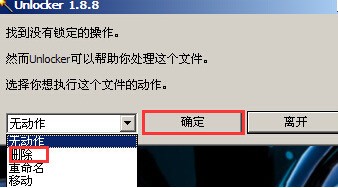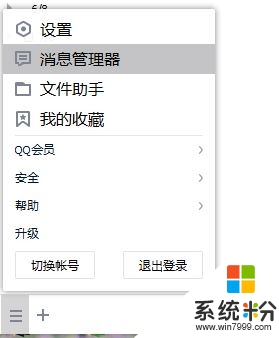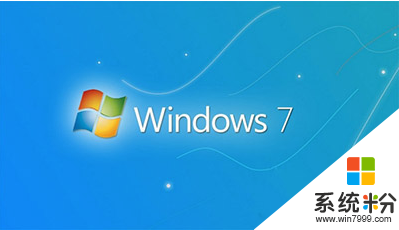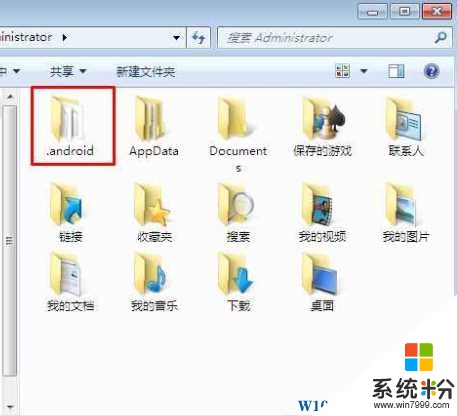2925
回答数:121405 | 被采纳数:208
你好!很高兴为你解答,直接rm就可以了,不过要加两个参数-rf 即:rm -rf 目录名字 -r 就是向下递归,不管有多少级目录,一并删除 -f 就是直接强行删除,不作任何提示的意思 删除文件夹实例: rm -rf /var/log/httpd/access 将会删除/var/log/httpd/access目录以及其下所有文件、文件夹 (这里曾出现个问题,如果直接如此使用的话系统可能不会授权这个操作,并出来 Permission denied 的提示 这事你需要在 rm -rf 前补充 sudo 作为授权操作的许可, 即:sudo rm -rf 文件夹的名字) 需要提醒的是:使用这个rm -rf的时候一定要格外小心,linux没有回收站的 当然,rm还有更多的其他参数和用法,man rm就可以查看了 删除文件使用实例: rm -f /var/log/httpd/access.log 将会强制删除/var/log/httpd/access.log这个文件 还有一种方法也挺好用: mkdir 可以创建目录~~~rmdir是删除目录!~~~~
2016-12-17 13:28:37
赞 12140
灰烬里等你丶
回答数:14479 | 被采纳数:2
linux下删除文件的命令是rm;
以下分两种介绍删除方法:
对于目录文件的删除:
#rf -rf filename
对于非目录文件的删除:
#rf filename
之所以对于目录文件的删除加上了强制参数是因为在linux对目录文件的删除是递归式的;
rm 的参数如下所示:
OPTIONS
Remove (unlink) the FILE(s).
-f, --force
ignore nonexistent files, never prompt
-i prompt before every removal
-I prompt once before removing more than three files, or when
removing recursively. Less intrusive than -i, while still giv-
ing protection against most mistakes
--interactive[=WHEN]
prompt according to WHEN: never, once (-I), or always (-i).
Without WHEN, prompt always
--one-file-system
when removing a hierarchy recursively, skip any directory that
is on a file system different from that of the corresponding
command line argument
--no-preserve-root
do not treat ‘/’ specially
--preserve-root
do not remove ‘/’ (default)
-r, -R, --recursive
remove directories and their contents recursively
-v, --verbose
explain what is being done
--help display this help and exit
--version
output version information and exit
2016-12-17 14:18:36
赞 1447
 你好!很高兴为你解答,直接rm就可以了,不过要加两个参数-rf 即:rm -rf 目录名字 -r 就是向下递归,不管有多少级目录,一并删除 -f 就是直接强行删除,不作任何提示的意...
你好!很高兴为你解答,直接rm就可以了,不过要加两个参数-rf 即:rm -rf 目录名字 -r 就是向下递归,不管有多少级目录,一并删除 -f 就是直接强行删除,不作任何提示的意... 你好!很高兴为你解答,直接rm就可以了,不过要加两个参数-rf 即:rm -rf 目录名字 -r 就是向下递归,不管有多少级目录,一并删除 -f 就是直接强行删除,不作任何提示的意...
你好!很高兴为你解答,直接rm就可以了,不过要加两个参数-rf 即:rm -rf 目录名字 -r 就是向下递归,不管有多少级目录,一并删除 -f 就是直接强行删除,不作任何提示的意...


